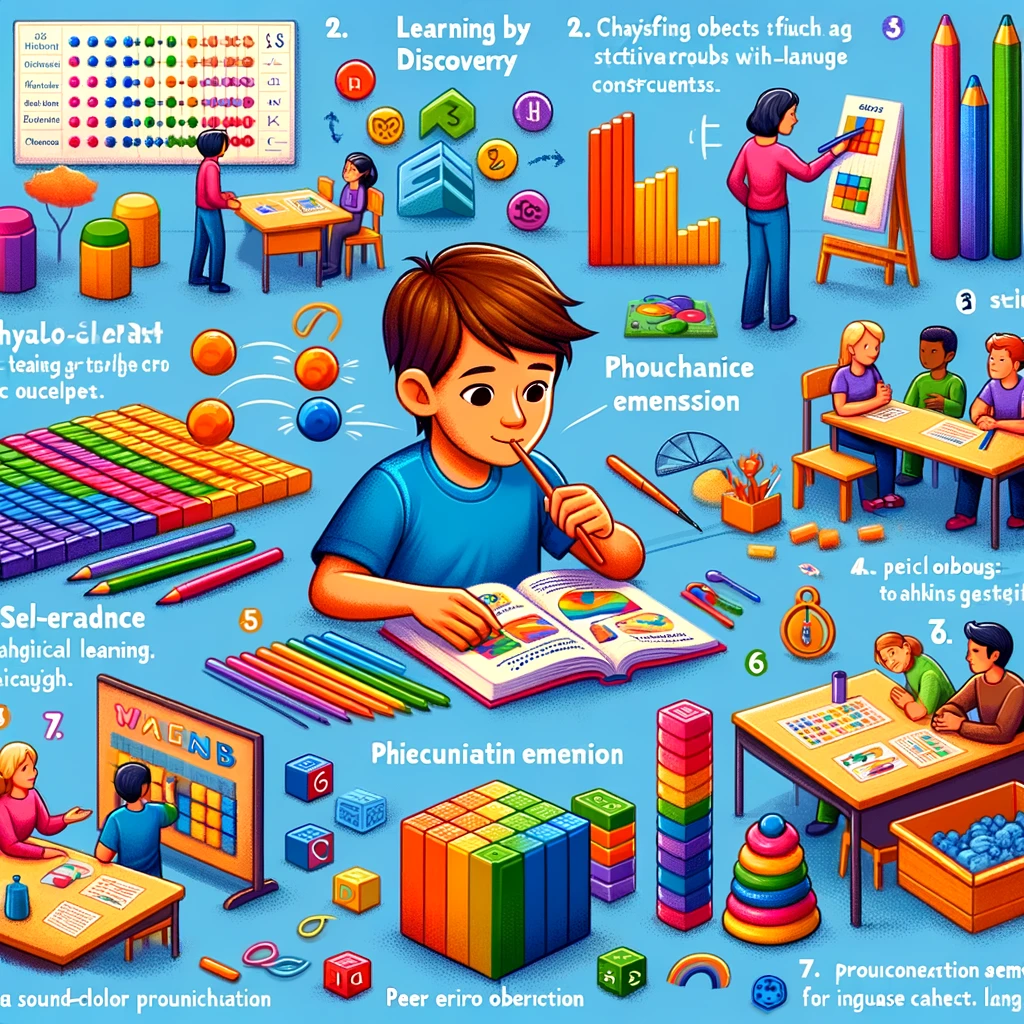Discover the principles of the Silent Way Principles in language learning. Learn how this learner-centered approach empowers learners to take control of their own language learning journey.
When it comes to teaching and learning a new language, there are various methods and approaches to choose from. One such method that has gained popularity over the years is the Silent Way. Developed by the linguist Caleb Gattegno, this method focuses on the learner taking an active role in the language learning process. In this article, we will explore the principles of the Silent Way method and how it can enhance language learning.
You Must Know Silent Way Principles In Language Learning.

- 1.The teacher should start with something the students already know and build from that to the unknown Languages share a number of features, sounds being the most basic.
- Language learners are intelligent and bring with them the experience of already learning a language The teacher should give only what help is necessary
- Language is not learned by repeating a model. Students need to develop their own “Inner criteria” for correctness to trust and to be responsible for their own reduction in the target language
- Students’ actions can tell the teacher whether oi not they have learned.
- Students should learn to rely on each other and themselves.
- The teacher works with the students while the students work on the language.
- The teacher makes use of what students already know. The more the teacher does for the students what they can do for themselves, the less they will do for themselves.
- Learning involves transferring what one knows to new contexts.
- Reading is worked on from the beginning but follows from what students have learned to say.
- Silence is a tool. It helps to foster autonomy, or the exercise of initiative. It also removes the teacher from the canter of attention so he can listen to and work with students.
- Meaning is made clear by focusing students perceptions, not through translation.
- Students can learn from one another. The teacher’s silence encourages group cooperation
- If the teacher praises (or criticizes) students, they will be less self-reliant. The teacher’s actions can interfere with students developing their own criteria.
- Errors are important and necessary to learning They show the teacher where things are unclear.
- If students are simply given answers, rather than being allowed to self-correct, they won’t retain them.
- Students need to learn to listen to themselves.
-
- At the beginning, the teacher needs to look for progress, not perfection. Learning takes place in time Students learn at different rates.
- A teacher’s silence frees the teacher to closely observe the students, behavior.
- Students learn they must give the teacher their attention in order not to miss what he says. Student attention is a key to learning.
- Students should receive a great deal of meaningful practice without repetition.
- The elements of the language are introduced logically, expanding upon what students already know
- Students gain autonomy in the language by exploring it and by making choices.
- Language is for self-expression.
- 1’he teacher can gain valuable information from student feedback; for example, he can learn what to work on next. Students learn how to accept responsibility for their own learning.
- Some learning takes place naturally as we sleep Students will naturally work on the day’s lesson then.
- The syllabus is composed of linguistic structures.
- The structures of the syllabus are not arranged in a linear fashion, but rather are constantly being recycled.
- The skills of speaking, reading, and writing reinforce one another.
The Silent Way ‘takes a structural approach to the organization of language to be taught’. Language is seen as groups of sounds arbitrarily associated with specific meanings and organized into sentences or strings of meaningful units by grammar rules. Language is separated from its social context and taught through artificial situations, usually represented by rods. The sentence is the basic unit of teaching, and the teacher focuses on proportional meaning, rather than communicative value. Students are presented with the structural patterns of the target language and learn the grammar rules of the language through largely inductive rules.
Gattegno believes that the processes of learning a second language are “radically different” from those involved in learning a first language
The Silent Way method offers a unique approach to language learning that empowers learners to take an active role in their own learning journey. By creating a learner-centered environment, utilizing physical objects, promoting discovery learning, and emphasizing pronunciation, this method enhances language acquisition and promotes learner autonomy. So, if you are looking for a method that promotes independent thinking, problem-solving skills, and self-direction, the Silent Way method might just be the right fit for you.